Markus, M. L., & Rowe, F. (2018). Understanding how Information Systems influence society: A framework for causality in IS research. MIS Quarterly, 42(4), 1255-1280.
📌 Introduction
Imagine someone asks, “Is technology changing the world?” The answer seems obvious: yes! But how do we know this? How do we measure the impact of technology on society? This paper by Markus & Rowe (2018) dives into that question by exploring how researchers think about cause-and-effect relationships in Information Systems (IS). The authors introduce a framework that helps IS scholars better understand and explain how technology influences individuals, organizations, and society. They explore different perspectives on causality, aiming to clarify debates and improve theoretical understanding in IS research.
🎯 Why Does This Matter?
When researchers create theories, they often try to explain why things happen the way they do. In IS research, understanding how technology impacts society requires a clear approach to thinking about causality (cause-and-effect relationships). Without a solid grasp of causality, researchers might struggle to explain why technology adoption leads to particular outcomes. For example, does artificial intelligence (AI) directly influence job automation, or do broader social factors play a more significant role? The authors argue that different views on causality can lead to confusion, making it difficult to build strong theories in the field. Having a structured way to think about causality allows researchers to create better models for predicting and explaining technology’s role in shaping human interactions and institutional behaviors.
📊 Three Key Aspects of Cause-and-Effect in IS
The paper introduces a framework with three dimensions that describe different ways of thinking about causality:
- 🔎 Causal Ontology (What is Cause-and-Effect?)
- Does causality exist in the real world, or is it just a way people think about relationships?
- Some researchers see causality as a real process, like a machine transferring energy from one part to another. Others see it as a useful way of organizing thoughts about events, even if it doesn’t truly exist outside human perception.
- 🔄 Causal Trajectory (How Do Things Change Over Time?)
- Does change happen due to external forces (e.g., government policies affecting businesses)?
- Does change happen internally within a system (e.g., a company adapting to new technology on its own)?
- Or does change happen as different elements (people, technology, organizations) come together in new ways, forming novel structures and interactions?
- ⚖ Causal Autonomy (Who or What Drives Change?)
- Do humans control technology, using it purely as a tool?
- Does technology develop its own influence, shaping how people behave and make decisions?
- Or do technology and humans interact in a continuous cycle, where each shapes and reshapes the other over time?
📖 Breaking Down the Framework
Each of these three dimensions has different perspectives, which lead to different ways of explaining IS-related changes. Let’s look at them one by one with further elaboration.
1️⃣ Causal Ontology: Different Views on Cause-and-Effect
There are three main ways researchers think about causality:
- 📈 Directional Association: Some researchers believe that causality is just about identifying patterns. For example, if more people use social media, online advertising revenue increases. This perspective focuses on statistical relationships between variables without necessarily explaining how or why the change occurs.
- ⚙ Causal Mechanism: Others believe that causality involves real processes, like a machine transferring energy. They ask how things happen—what specific steps lead from technology adoption to real-world change? For example, they may study how AI in customer service changes the nature of human interactions in business environments.
- 🎭 Constitutive Causality: Some argue that cause-and-effect is not universal but instead depends on people’s beliefs and interpretations. For example, plagiarism detection software might change how students define “original work,” but those definitions can vary based on cultural and educational contexts.
2️⃣ Causal Trajectory: How Do Things Change?
- 🔀 Cross-Boundary Change: Change happens across different layers (e.g., from individual employees to an entire organization, or from organizations to society at large). This perspective is useful for studying trends such as how smartphone adoption shifts global communication patterns. For instance, an organization’s adoption of cloud computing might not only affect its internal workflows but also influence industry-wide standards and regulatory policies. The effects of cross-boundary change often cascade, meaning a small change in one area (e.g., remote work adoption) can lead to larger societal shifts (e.g., changes in urban planning due to reduced office commuting).
- 🏠 Indwelling Change: Change happens within an entity without external forces (e.g., employees gradually adapting to a new tool on their own without top-down pressure). This perspective helps explain how companies evolve internally over time. For example, a company might introduce a new AI-powered workflow system, and over time, employees organically develop best practices and informal workflows that optimize its use, without any formal mandates from management. Indwelling change often fosters innovation as individuals experiment and adapt to new tools in ways that are specific to their needs.
- 🔗 Evolving Interlinkage: Change occurs when new elements (e.g., AI, business strategies, regulations) mix and create new structures. This perspective focuses on how interconnected factors reshape industries, such as how ride-sharing apps have transformed urban transportation by integrating technology, consumer behavior, and regulatory changes. Evolving interlinkage is particularly evident in complex adaptive systems where technological advancements, societal norms, and economic forces interact dynamically. For example, the introduction of blockchain in financial systems not only affects banking operations but also influences government regulations, cybersecurity practices, and public trust in digital transactions.
3️⃣ Causal Autonomy: Who or What Controls Change?
- 🛠 Technology as an Instrument: People control technology, using it for specific goals. This perspective assumes that technology is a passive tool, shaped by human intentions and designs. For example, companies use AI to optimize supply chains, streamline business operations, or improve customer service without expecting AI to make independent decisions. This viewpoint aligns with the belief that technology serves human objectives and remains within the bounds of programmed constraints. Technologies such as spreadsheets, accounting software, and automation systems exemplify this category—tools that enhance efficiency but do not possess decision-making autonomy.
- 🎭 Technology as an Influencer: Technology changes human behavior, often in unintended and unpredictable ways. This perspective recognizes that while people initially design technology with specific purposes, its usage can lead to shifts in social norms, behaviors, and cognitive patterns. For instance, social media influences how people interact, consume information, and form opinions. Recommendation algorithms shape what users see online, creating echo chambers and reinforcing biases. Similarly, the rise of smartphones has altered attention spans and communication habits, demonstrating how technology exerts influence beyond its intended function. In business, e-commerce algorithms influence consumer purchasing behaviors by leveraging behavioral data to predict and shape preferences.
- 🔄 Technology as an Interactant: Technology and humans influence each other in a dynamic, continuous loop, evolving together over time. This perspective acknowledges that technology is neither fully controlled by humans nor entirely independent—it co-evolves with society. Smartphones change communication habits, which then influence smartphone design and future technological developments. For example, the increasing demand for seamless, on-the-go communication has led to innovations such as voice assistants, smart notifications, and AI-driven personalization. In workplaces, the adoption of collaboration tools like Slack or Zoom changes how teams operate, leading software developers to refine these technologies in response to user feedback. This interplay between human adaptation and technological advancement is central to understanding digital transformation in industries like healthcare, finance, and education.
📌 Real-World Examples
To make these ideas clearer, let’s look at practical examples:
- 📢 Social Media and Misinformation
- A Directional Association approach would say, “The more people use social media, the more misinformation spreads.” It simply observes the correlation between two variables without necessarily explaining the underlying mechanisms. This approach is often used in statistical studies to identify trends without diving into causation.
- A Causal Mechanism approach would ask, “What features of social media (like algorithms, engagement-driven ranking, or echo chambers) make misinformation spread faster?” It investigates the step-by-step process that facilitates the dissemination of false information. Researchers using this approach may study how social media engagement metrics prioritize sensational or misleading content over factual news.
- A Constitutive Causality approach would explore, “How do people interpret and act on misinformation differently based on their social, cultural, or political backgrounds?” This approach focuses on how misinformation is framed, received, and integrated into different societal narratives. It emphasizes the role of individual perception, group identity, and the subjective nature of truth in online environments. For instance, misinformation may spread faster within like-minded communities where confirmation bias reinforces misleading claims.”
- 🤖 AI in Hiring
- “Cross-Boundary Change”: AI changes how HR departments filter applications, which then alters hiring dynamics across industries, reshaping workforce requirements and recruitment strategies at a larger scale. It impacts job seekers by influencing the types of skills valued in the labor market and even shifting geographical employment trends due to remote work possibilities.
- “Indwelling Change”: Within a company, hiring managers gradually adapt their practices with AI tools, even without external pressure, developing new hiring strategies and decision-making frameworks based on AI-driven insights. Over time, internal policies and training programs evolve to maximize the benefits of AI-assisted recruitment, leading to a transformation in corporate hiring culture.
- “Evolving Interlinkage”: AI hiring tools evolve as they integrate with new databases, legal frameworks, and shifting societal expectations, resulting in continuous refinement of automated screening processes, diversity considerations, and ethical hiring standards. The interplay between technological advancements and regulatory oversight ensures that AI-driven hiring remains adaptive to emerging workforce trends and compliance requirements.
- 🛍 E-Commerce Growth
- “Technology as an Instrument”: Companies use AI to recommend products.
- “Technology as an Influencer”: Customers change their shopping habits because AI suggestions are so effective.
- “Technology as an Interactant”: AI learns from user behavior, which influences future AI updates.
📢 Why This Matters for IS Research
This framework helps researchers:
- ✅ Clarify their assumptions about cause-and-effect.
- ✅ Build stronger theories by choosing the right causal approach.
- ✅ Improve communication by making their reasoning explicit.
🏁 Conclusion
Understanding how technology influences society is complex, as it operates across multiple levels, affecting individuals, organizations, and entire economies. The framework presented in this paper helps researchers navigate different perspectives on cause-and-effect, providing a structured approach to examining the interactions between technology and societal change. By clearly defining how they think about causality, IS scholars can develop more precise theories, which in turn help businesses anticipate market shifts, guide policymakers in crafting effective regulations, and enable individuals to make more informed decisions regarding their engagement with digital tools.
📌 Key Takeaway: The way researchers think about causality fundamentally shapes the theories they create. Whether they conceptualize technology as a passive tool, an active influencer, or a dynamic partner in shaping human behavior, their underlying assumptions determine how they explain and predict the digital transformation of the world. This perspective not only impacts academic discourse but also influences technological adoption, regulatory frameworks, and societal expectations regarding the role of digital systems in everyday life.
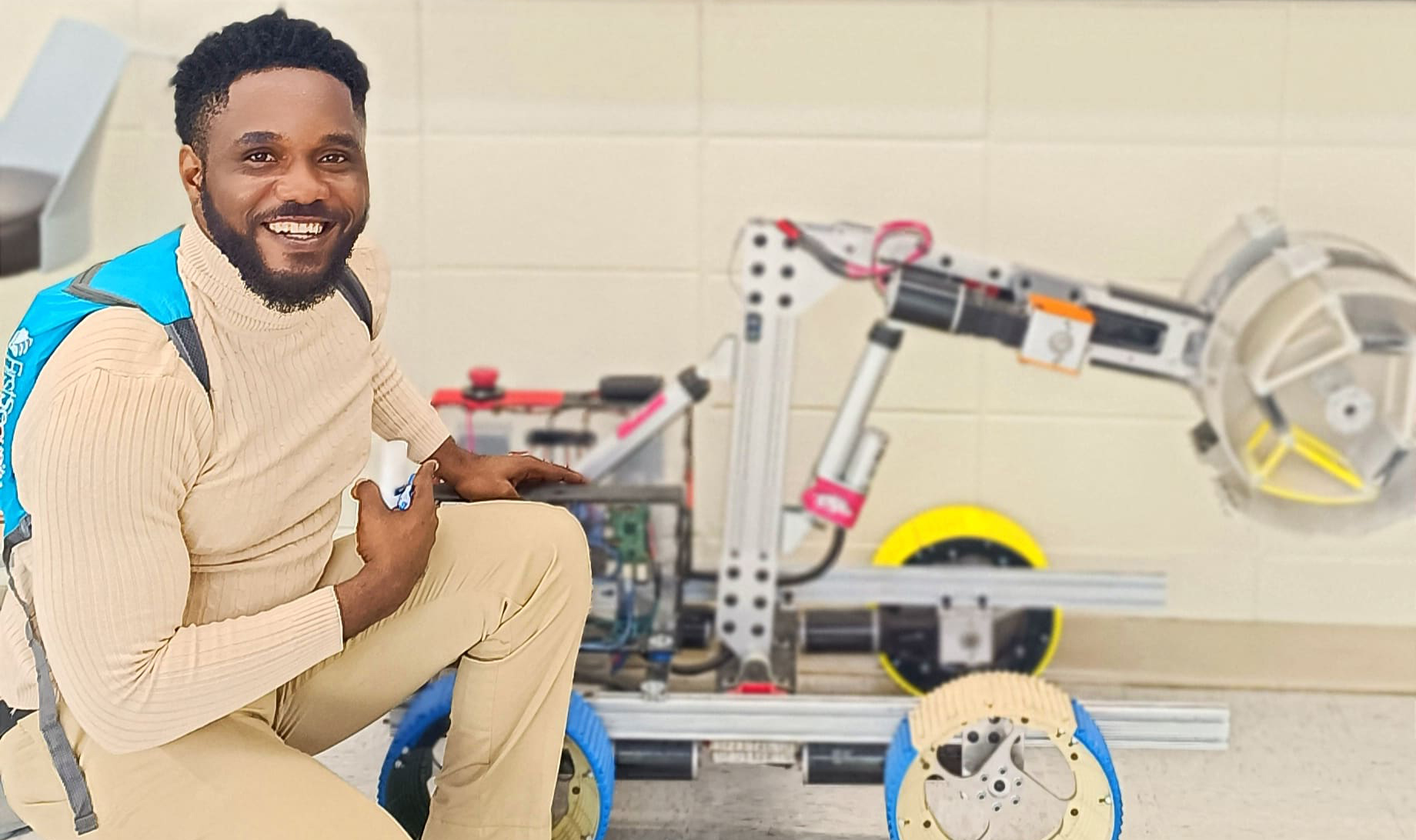

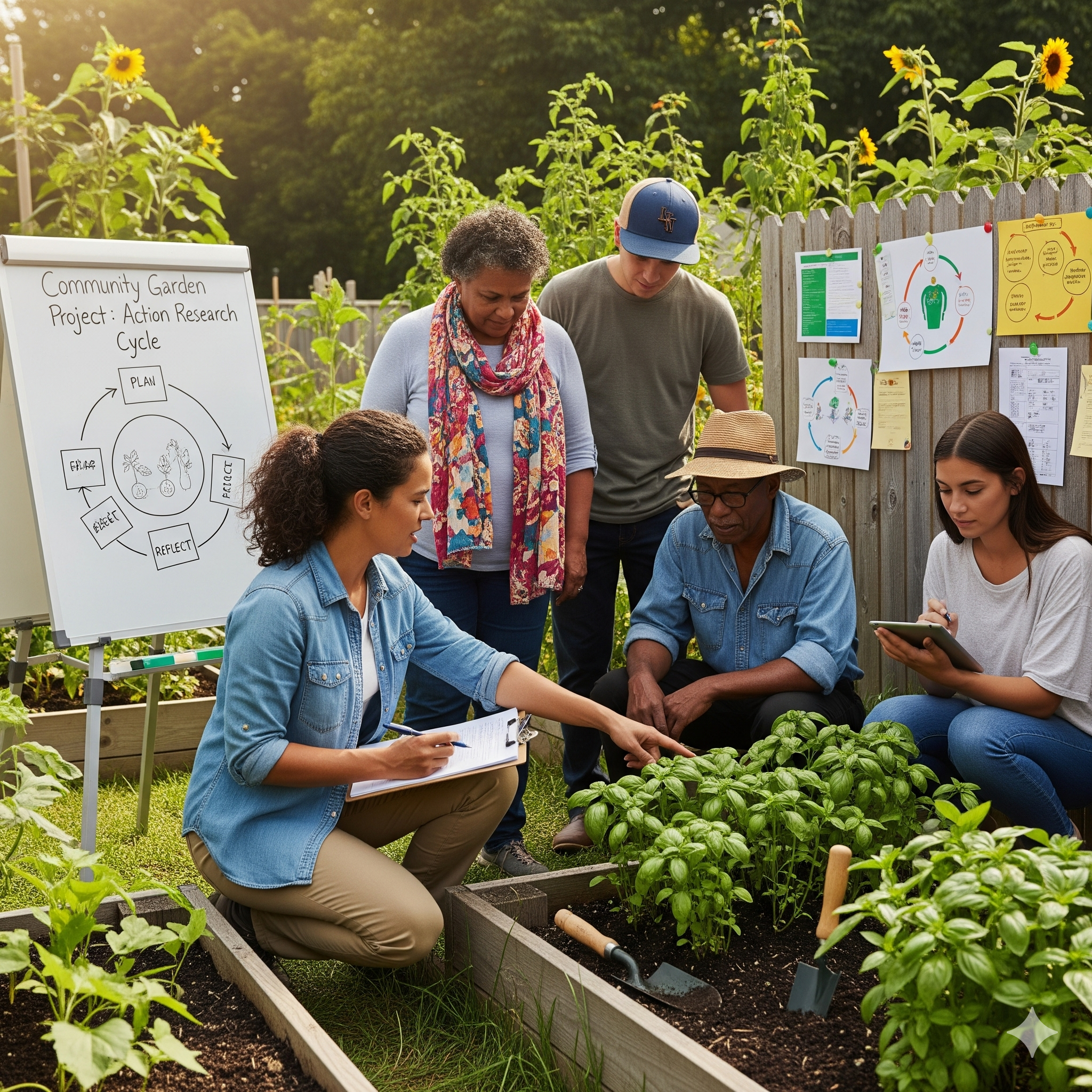
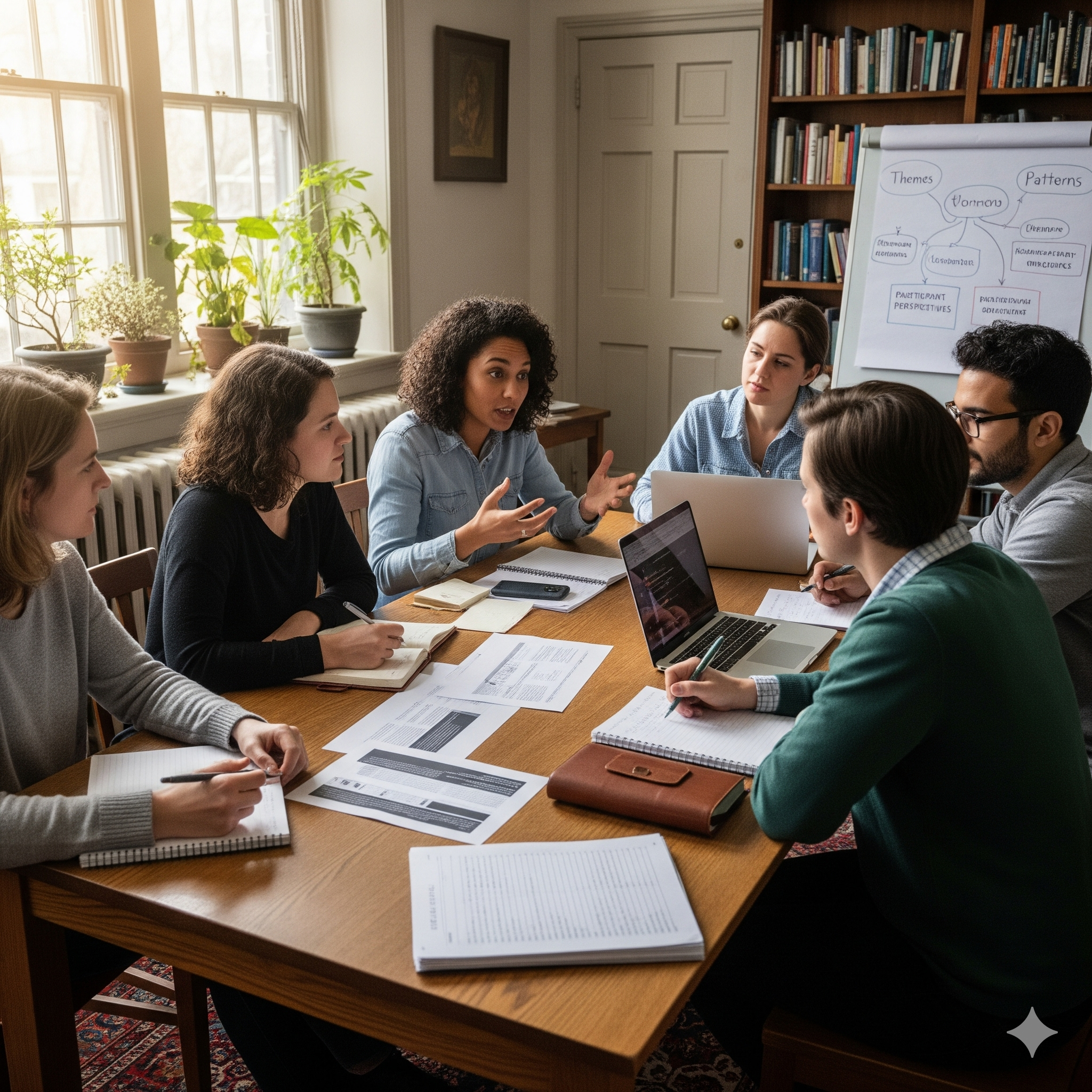
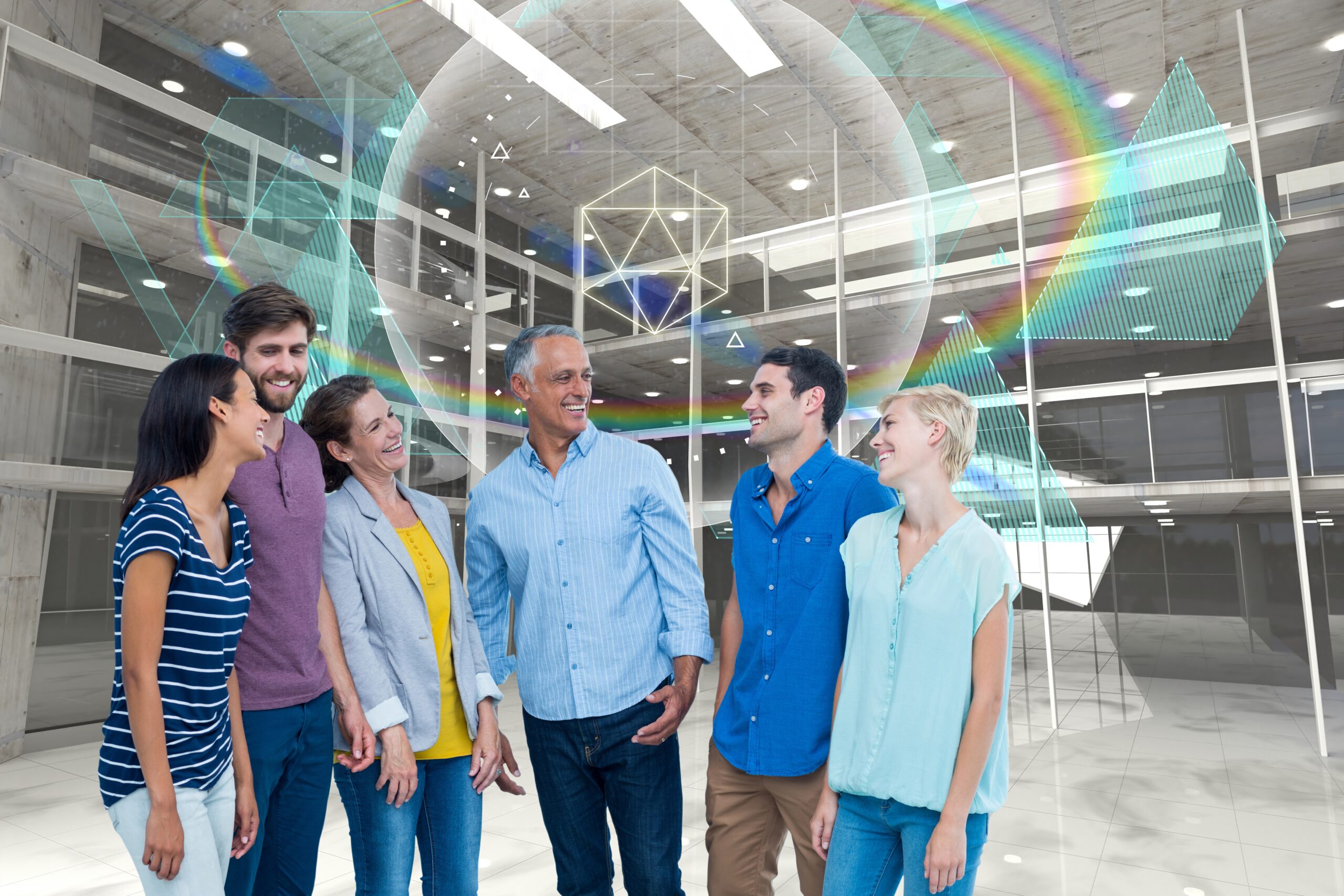
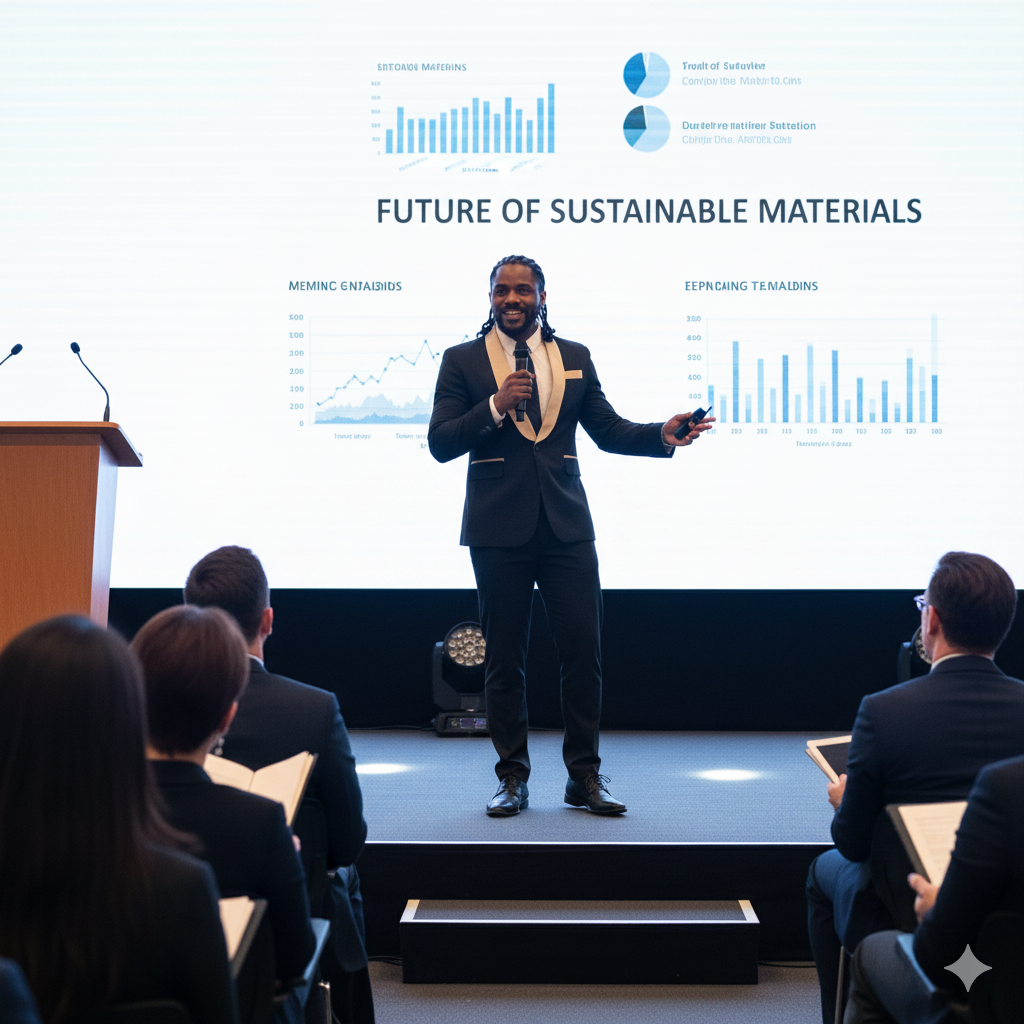
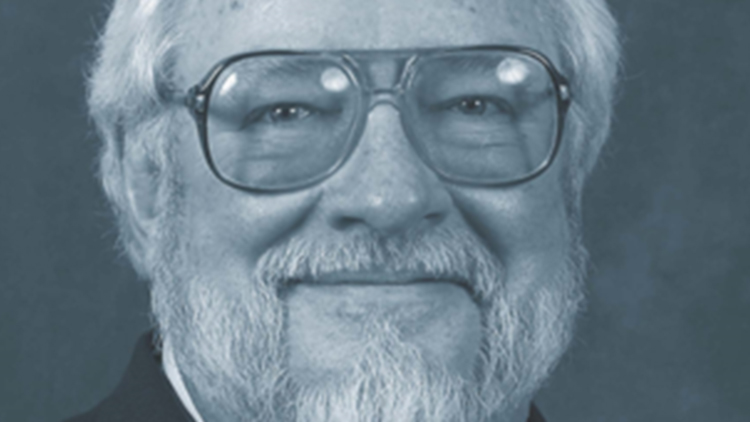

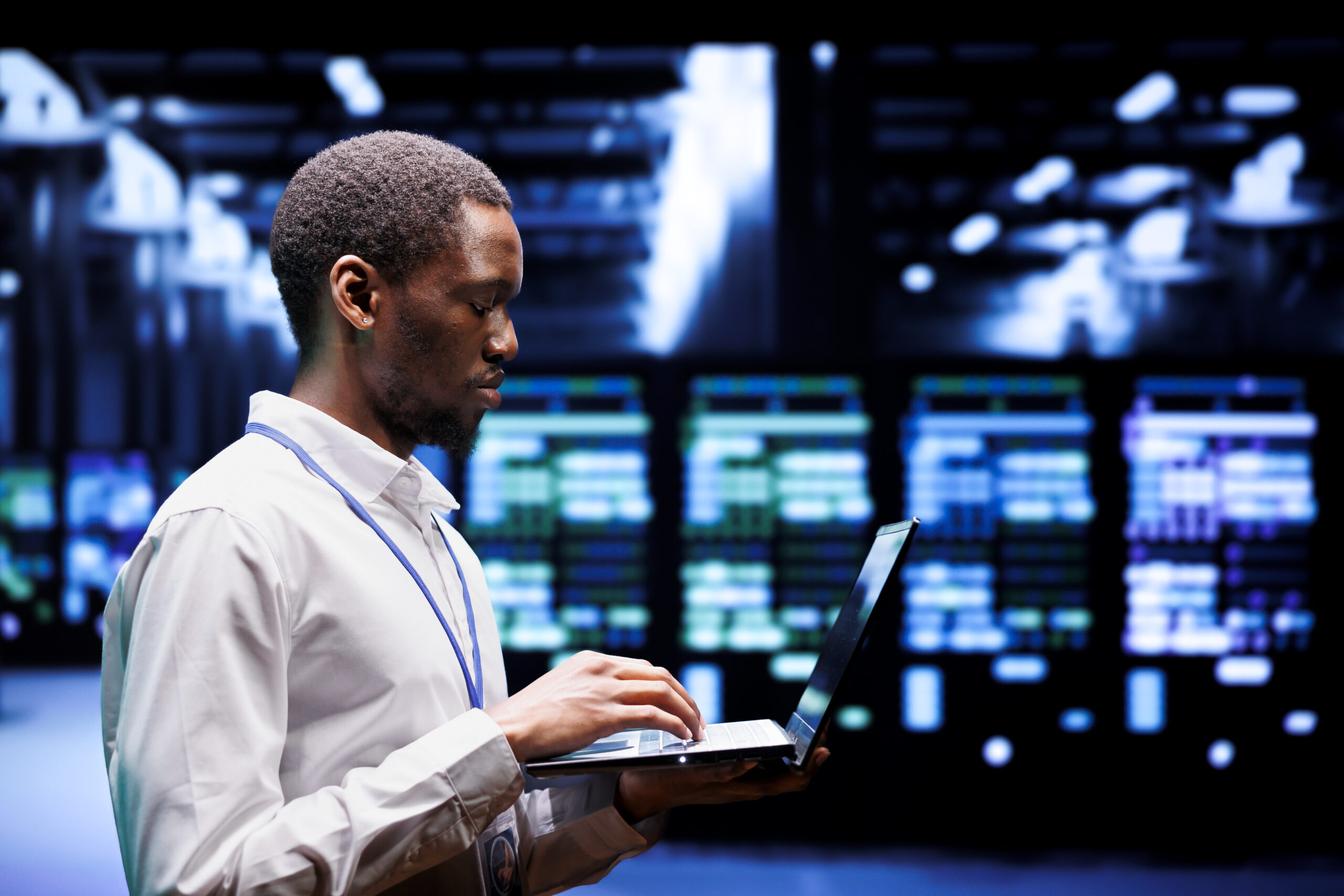
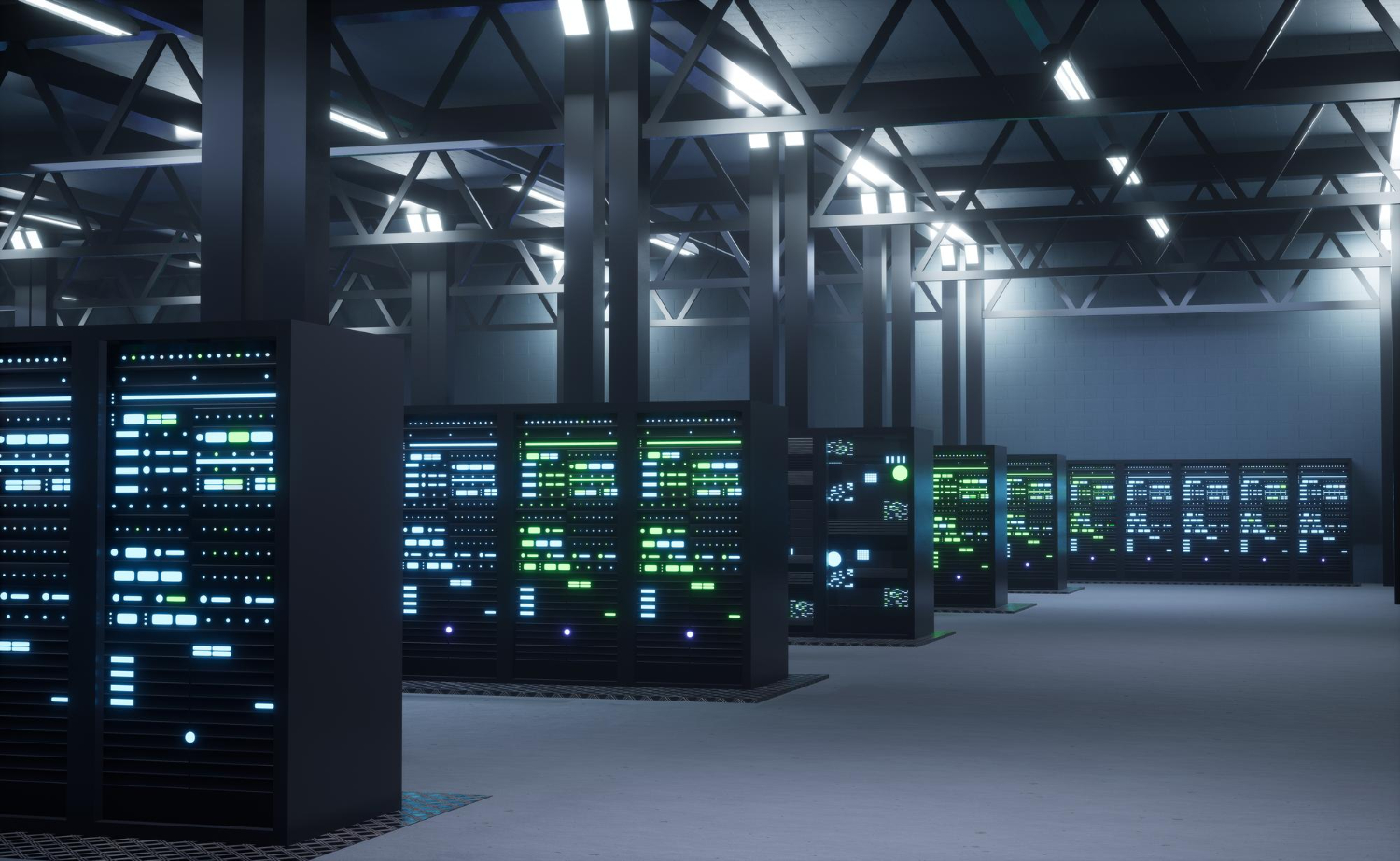
Leave a Reply